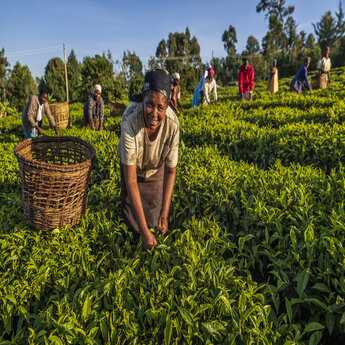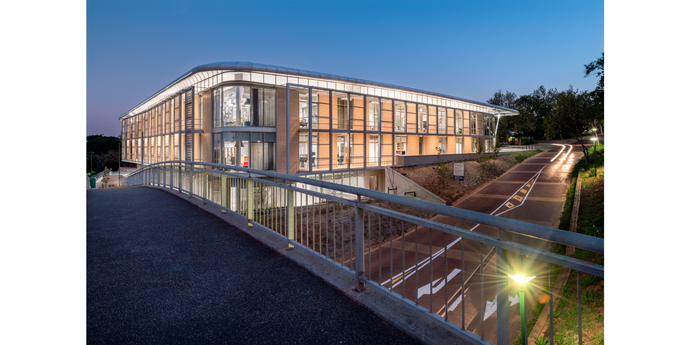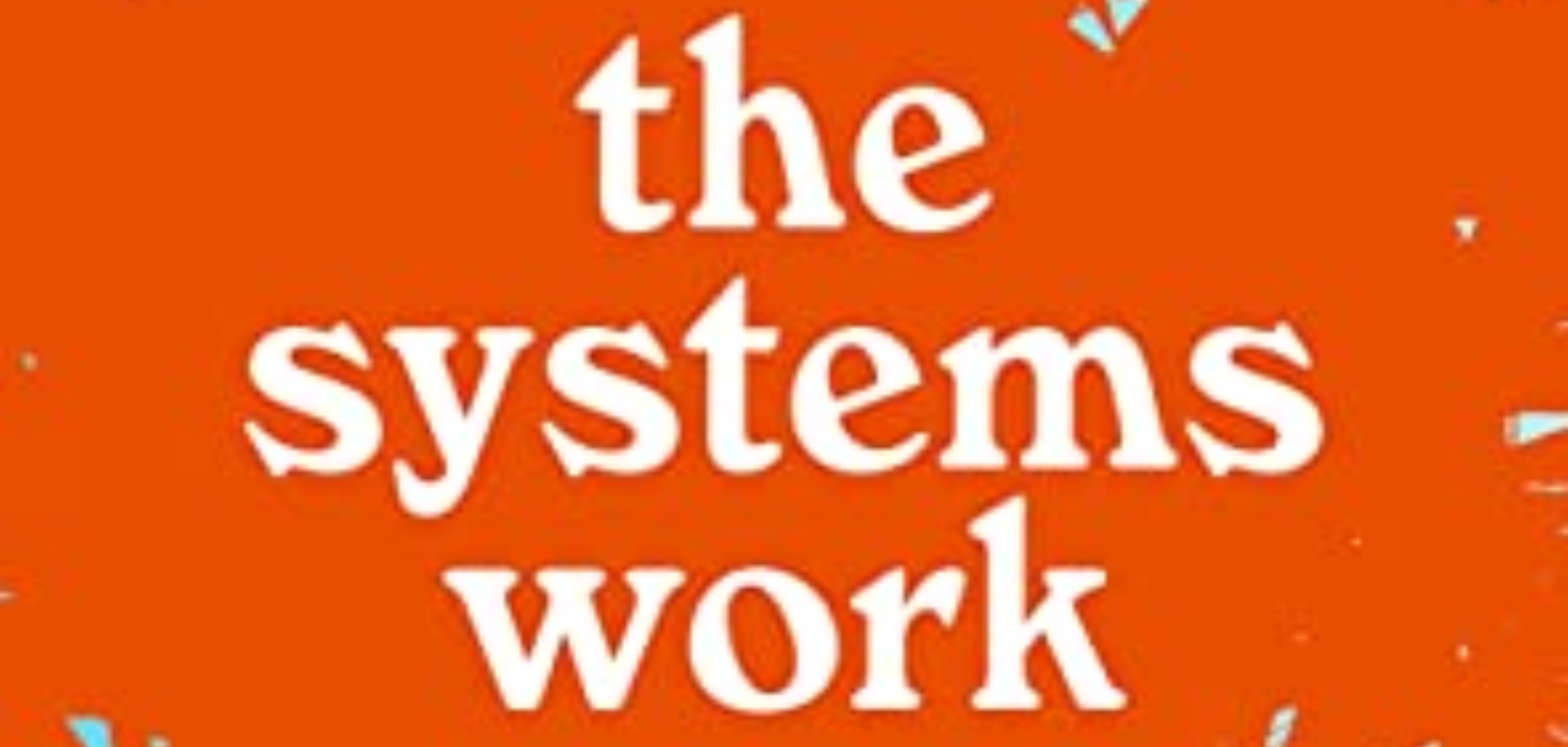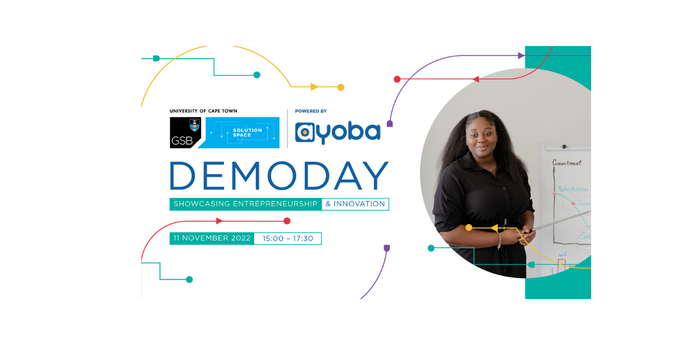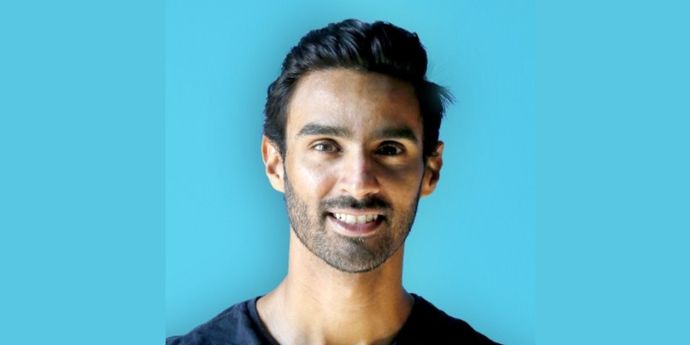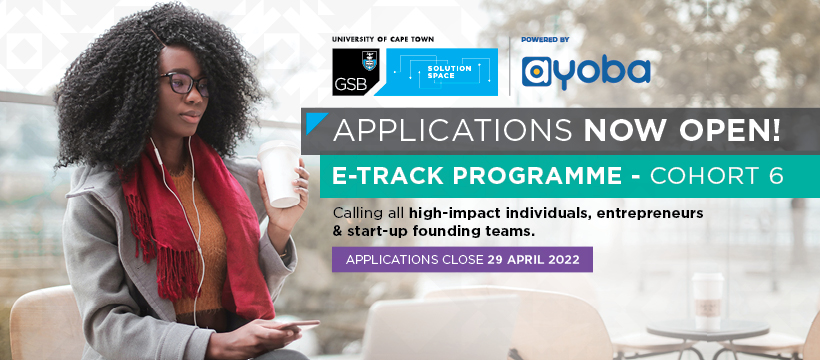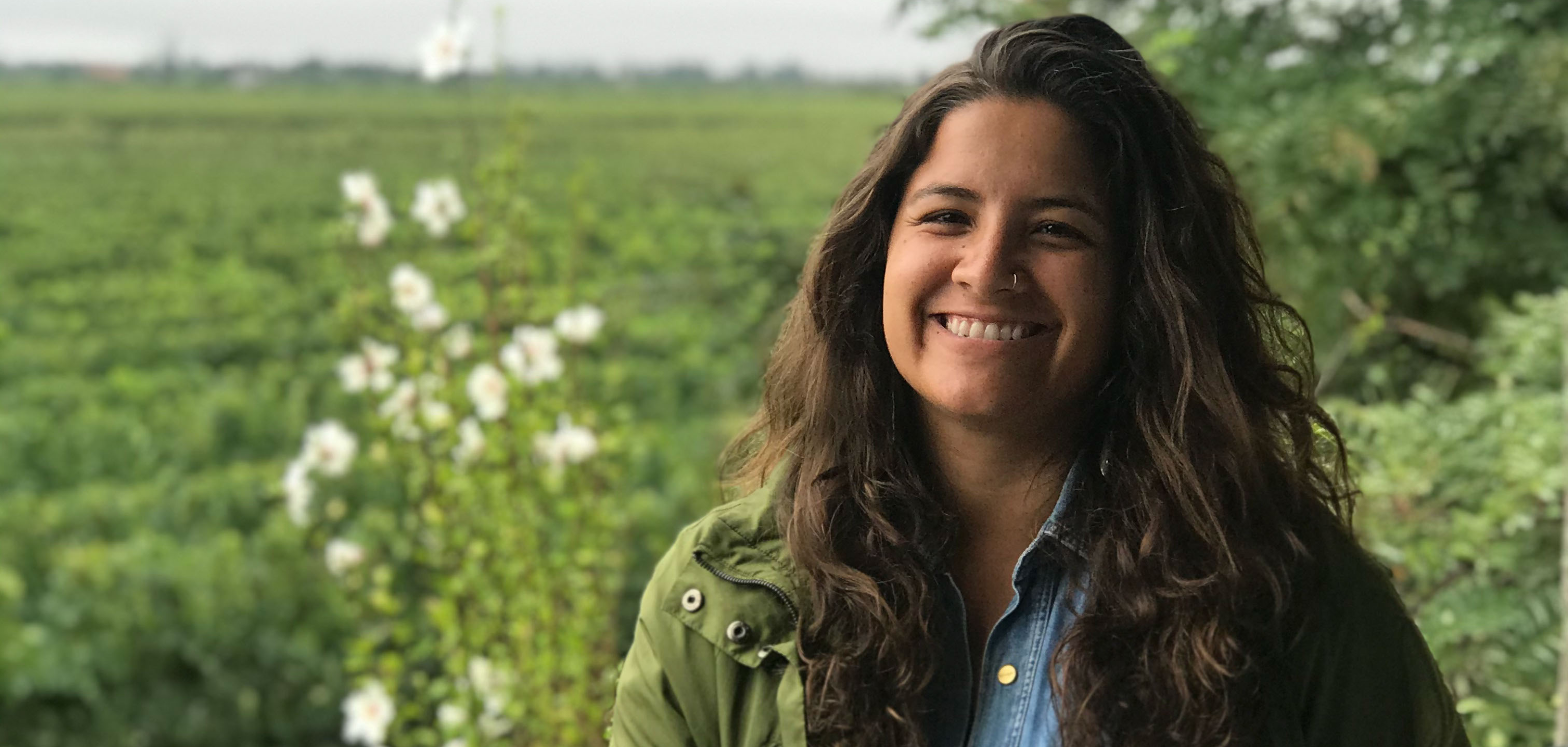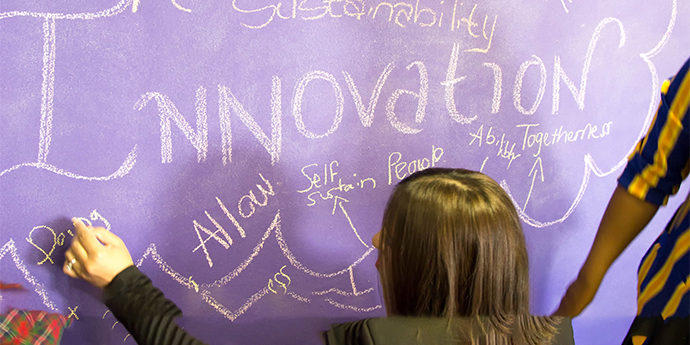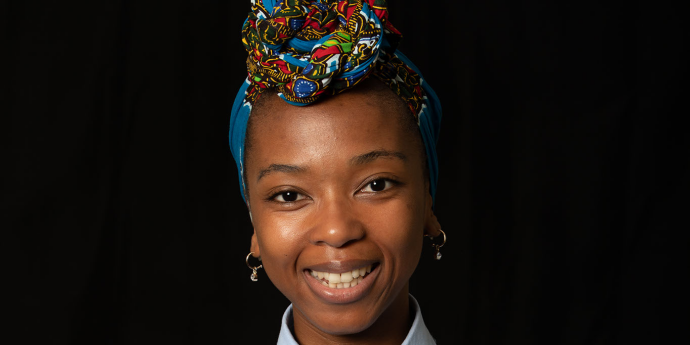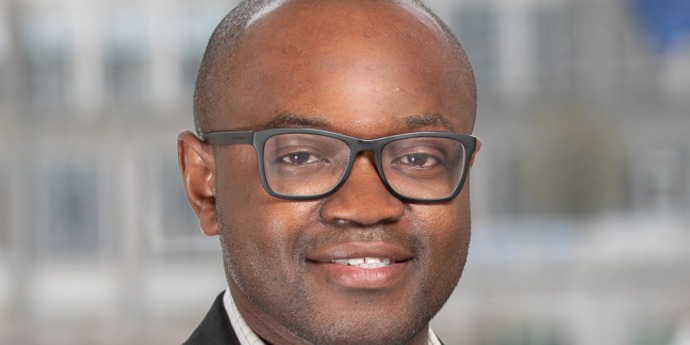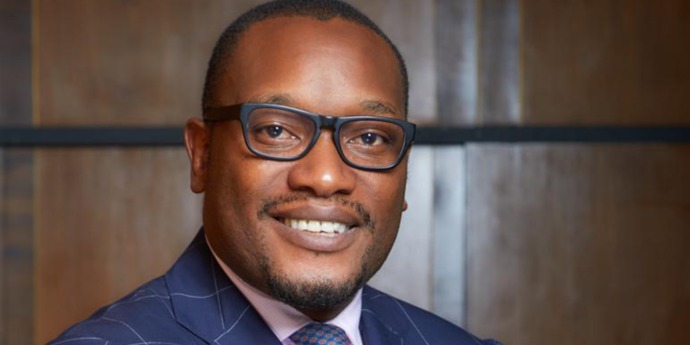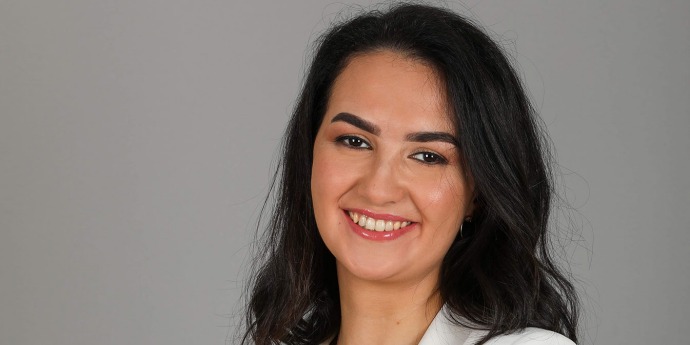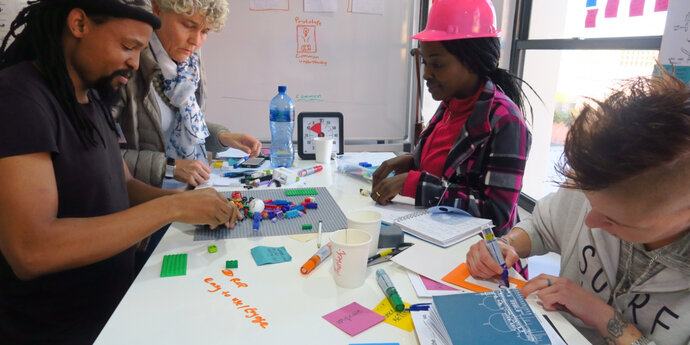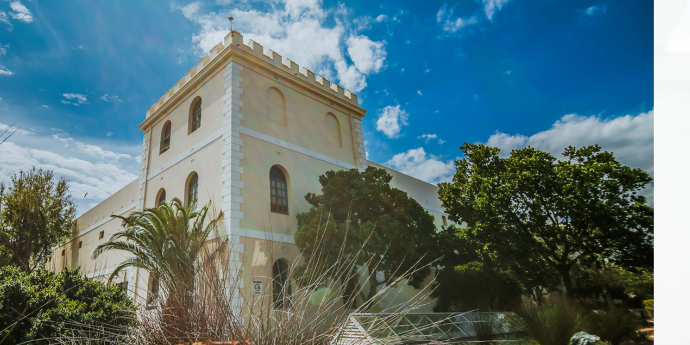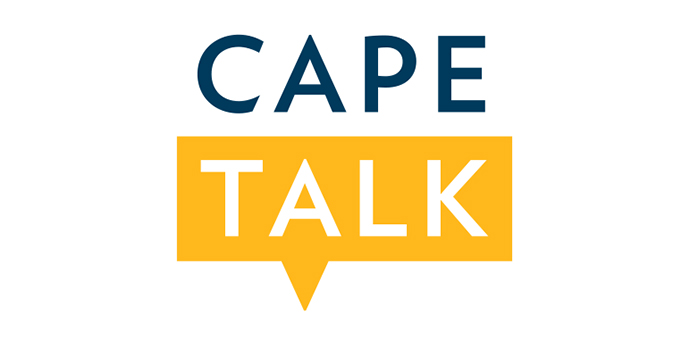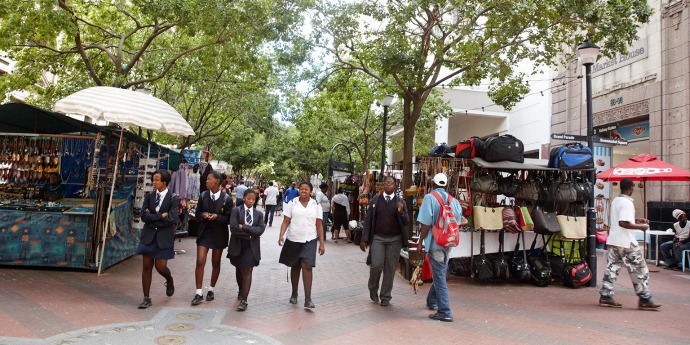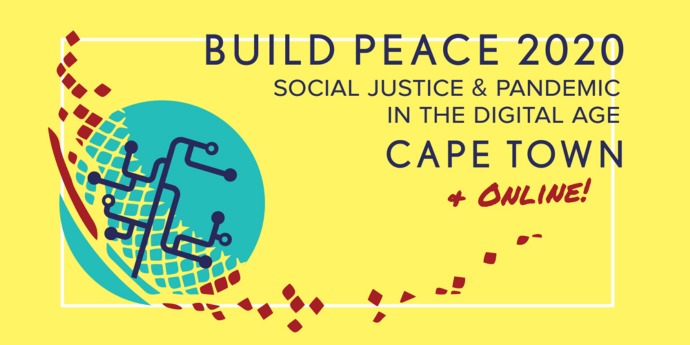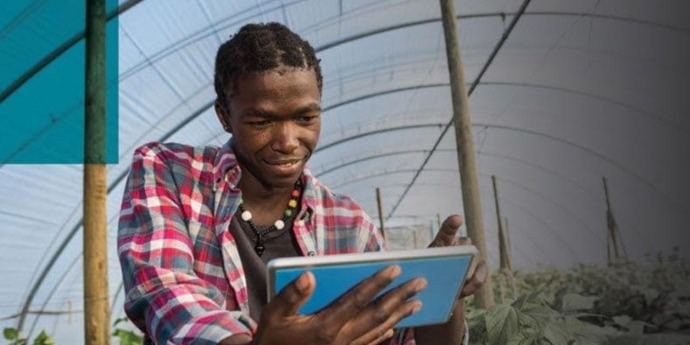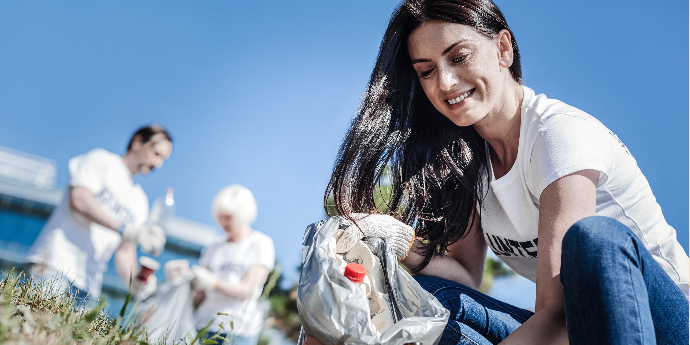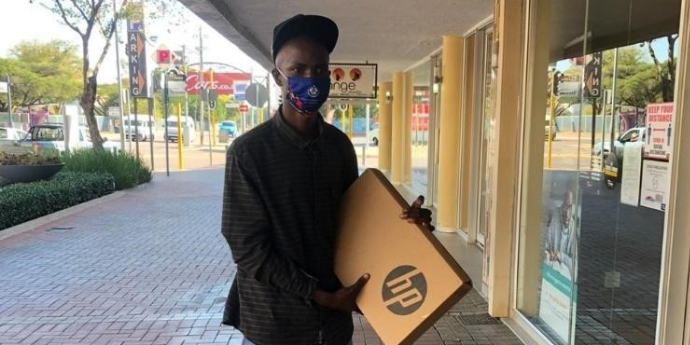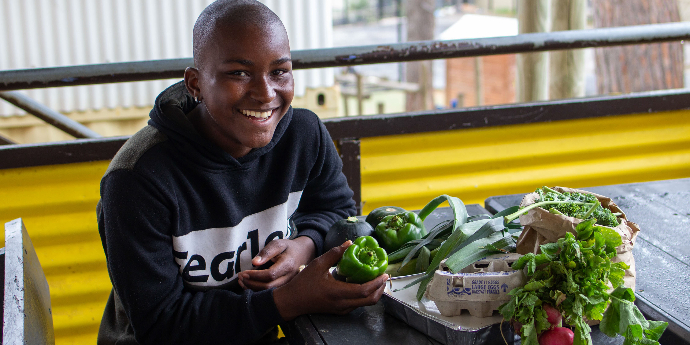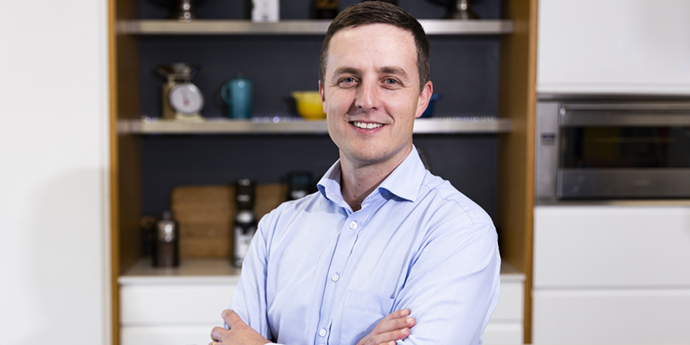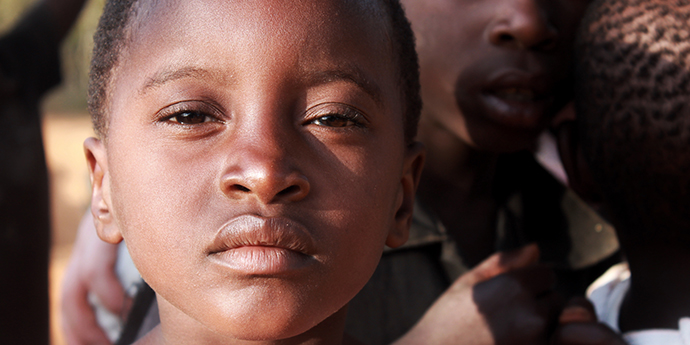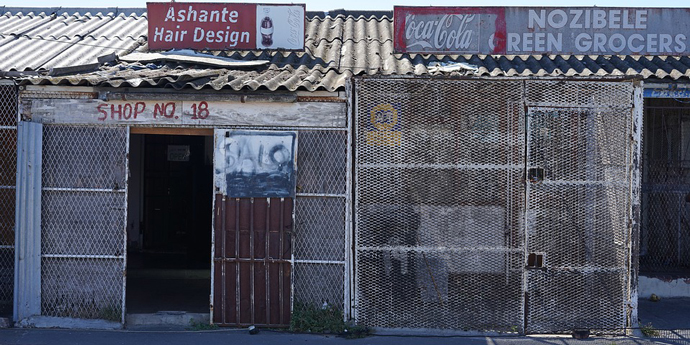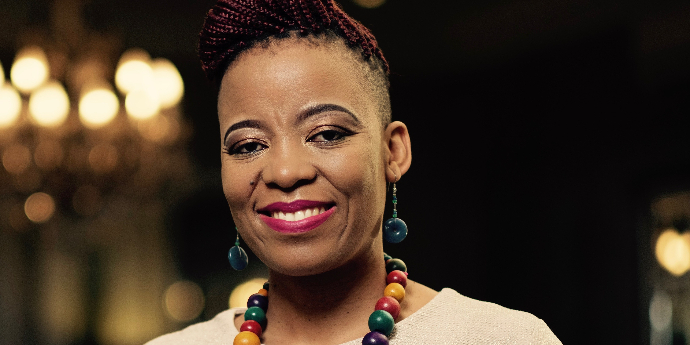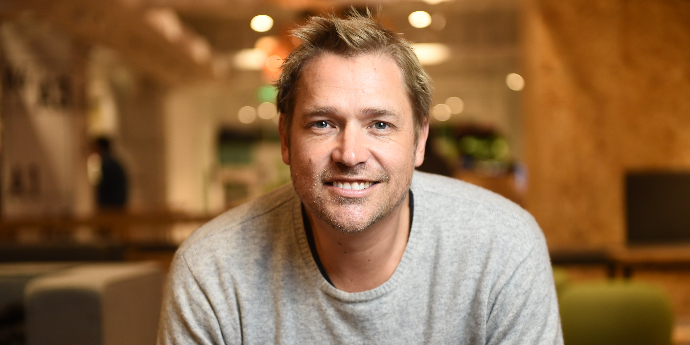As South Africa marks the anniversary of its hard lockdown we reflect on our journey toward a post-COVID economic recovery and how the systemic shift toward impact investing and financial innovation may point the way to lasting change in the country.
The financial markets — too often thought of in the abstract, divorced from human decision-making — can be narrow-minded in whom they serve (primarily the already wealthy), suggests Nobel Laureate economist Robert Shiller in his book, ‘Finance and the Good Society’. But how then, he asks, can those markets be used to spread the wealth more broadly across society? “How can we democratise finance, so as to make it work better for all of us?”
As the world slowly emerges from under the cloud of the global COVID-19 pandemic, there’s an urgency to answer this question. The 17 Sustainable Development Goals had alerted us to existing long-simmering inequalities and social challenges, but the pandemic has abruptly laid them bare. The remedy is not merely in short-term interventions like a vaccine rollout, but in a sustained reallocation of capital into businesses that can move the needle on a more equitable, long-term recovery.
Glimmers of hope emerge at times like this. The once fledgling world of impact investing has begun to show financial returns at least equal to those of traditional investing expectations. It is estimated that one third of global transactions already carry impact in their frameworks. Investors globally are shifting their expectations to include not only attractive commercial returns but embedded impact in all allocation of capital.
Impact investing is growing in reach and sophistication
An investment approach spanning asset classes that has deepened in its sophistication over the last decade, impact investing is, broadly, about investing in businesses that have commercial models to create positive social and environmental returns. According to the Global Impact Investing Network’s (GIIN) 2020 Annual Impact Investor Survey, the impact investing market now stands at around US$715 billion globally, and is growing steadily. A number not to be scoffed at, albeit small compared to the US$4.5 trillion global private equity assets under management (AUM). Broadening the definition to investments concluded with an Environmental, Social and Governance (ESG) lens, total US AUM increased to US$17 trillion in 2020, one third of all AUM managed by US fund managers.
In South Africa, the statistics are hotly debated. But as an investment strategy in an emerging economy, desperately in need of capital to see its impact innovation flourish in the wake of COVID-19, it is gaining traction, and growing in sophistication.
Aunnie Patton Power, convenor of the University of Cape Town’s Graduate School of Business’s Impact Investing in Africa Executive Education course, says that “In the past few years, we’ve seen the conversation shift in South Africa from why we should consider impact to how we practically implement impact strategies. The participants have also changed from more niche players to the largest commercial financial institutions on the continent.”
Impact compounding
More recently, it has also become clear that the principle of compounding applies to impact investments. A recent McKinsey report estimates that impact investing in India has touched the lives of 60-80 million people. While this is a fraction of the 1.36 billion people living in that country, it is also the entire population of South Africa — and then some. With the right access to capital and scalable technology, the first markings of impact can spread like wildfire through a country like India and on to other emerging market economies.
In my work, I see examples of investors aggregating small amounts of capital and generating significant impact results. For example, a commercial financial services company that is seeking to alleviate the burden of unsecured borrowing in the affordable housing market battled to raise capital given its life stage. Thanks to high-net-worth individuals with smart structuring mechanisms the company had enough of a track record and first loss capital to raise debt funding from institutions and scale. And a Rooibos company that refused to export profits to wealthy merchants abroad choosing rather to beneficiate local farmers that needed low cost capital to implement the retail model — perfect for a blend of grant funding with concessional debt and a slice of equity.
And herein lies the compounding effect: if we as investors start small and support the best-in-class impact businesses, back them with balance sheets and smart measurement tools, seed them to hire top talent and broaden their reach to new markets, our portfolio success could be achieved through solving global needs, at scale.
Better quality impact assets, rising supply of impact capital and the competition that ensues will, we hope, launch a virtuous cycle toward long-term entrenchment of impact criteria and decision making.
The power to accelerate Africa’s COVID-19 recovery
A recent article in ‘The Economist’ is but one in a long line of pieces that point out that post-COVID recovery will come slower in Africa than elsewhere in the world. This is not so much a function of the sheer number of COVID-19 cases than of the continent’s pre-existing social and economic conditions.
Against that backdrop, allocating capital to the right target companies while using smart financial structuring tools could boost not only Africa’s short-term recovery, but also build lasting resilience.
Smart tools are as important as smart deals
While the numbers indicate definitive pockets of traction, there is still much to be done to attract mainstream capital into impact assets. I’m reminded of the quote from Richard Thaler, winner of the 2017 Nobel Prize in Economics: “If you want people to do something, make it easy.”
Technological tools can go a long way to verify impact and forge comfort for fund managers seeking commercial and impact returns, particularly in the context of constrained capital in a COVID-19 environment. Measurement and analytics, data that promotes comparability and benchmarking, standardising metrics and definitions — it is unhelpful if we are not clear as to whether “impact” means “do good” or merely “do no harm” — and unearthing case studies all incrementally nudge investors to commit capital to this growing asset class.
Financial structuring is also a tool of impact. Not all financial instruments are created equal, and some lend themselves better to impact outcomes.
As Linea Capital, we are excited about the opportunity to use revenue-based finance (RBF) to keep equity — and the incentives to drive revenues and create jobs — in the hands of founders. Where traditional equity investments can dilute business owners early on, we look to preserve equity while providing smart growth capital to businesses looking to scale. For investors, returns are achieved through ongoing liquidity events. For entrepreneurs, decision-making remains theirs. In a context like South Africa’s, we believe we should do everything we can to preserve equity in the hands of Black founders, women founders and staff who otherwise wouldn’t have had access to share ownership. USAID agrees and has provided a first loss tranche as protection for investors committing capital to RBF in Southern Africa. Blended finance is part of the toolkit for effective impact investing.
The power of convening minds around impact
If we agree that impact investing is here to stay, that it can achieve returns worthy of traditional financial return expectations while catalysing a sustainable global recovery, then mainstream investors might ask how they uncover these deep impact opportunities.
The power of convening minds from across the impact landscape has seldom been more evident than at the UCT GSB Impact Investing in Africa course, led by Aunnie Paton Power. Events like these are not only crucial to educate first time allocators of capital, but to enable the osmosis effect of experts coming together around common goals, learning from each other, connecting investors to opportunities where risk-adjusted returns and impact are weaved together, sharing broad networks and stories about both success and failure.
In time, with enough robust track record, we may arrive at a remarkable tipping point where the number of investments with embedded impact exceeds those without, and perhaps “impact investing” will be a misnomer, as all investing will carry with it some form of impact.
As investors we must ask what we imagine the next decade post-COVID to look like. And investing with impact cannot reasonably be decoupled from our imaginings.
Julia Woods Price is an executive at Linea Capital and a graduate of the ‘Impact Investing in Africa’ course offered by the University of Cape Town Graduate School of Business. A condensed version of this article was published in Business Live

